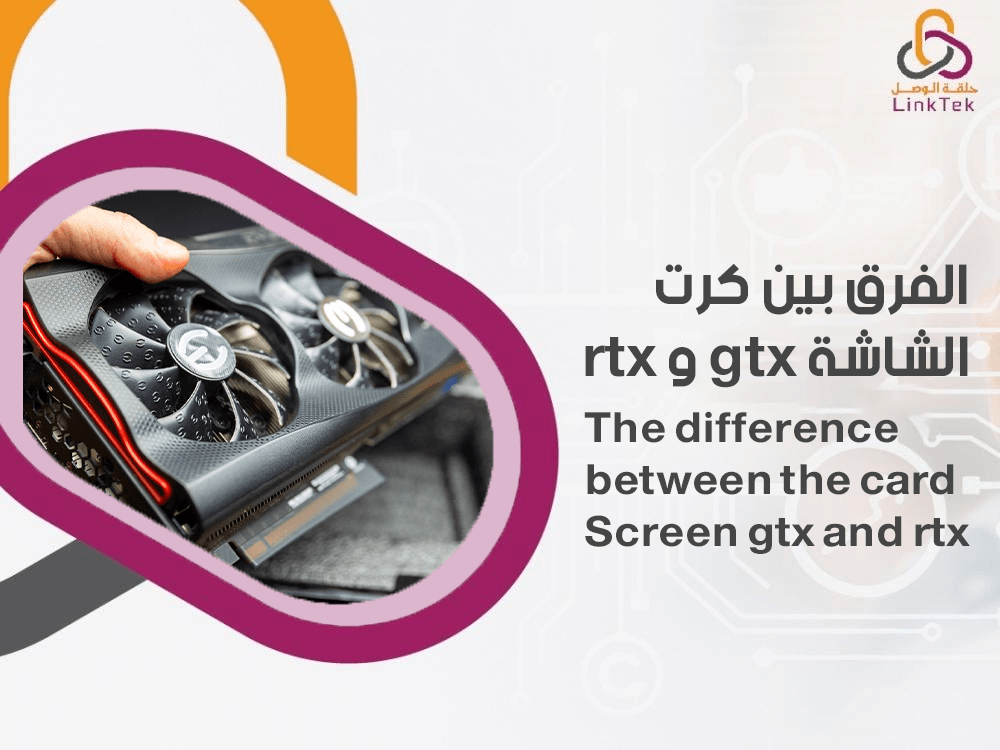
The graphics card is one of the most crucial components in computing systems, serving as a vital part of the display system. It acts as the communication bridge between the CPU and the monitor. Given the importance of the graphics card, it's essential to understand the different types of graphics cards, the differences between them, and how to choose the best one based on usage conditions. In this article, we will discuss the differences between GTX and RTX graphics cards and how to select the best one for your needs.
What is the Difference Between GTX and RTX Graphics Cards?
There are several key differences between GTX and RTX graphics cards, summarized as follows:
- Technological Architecture: GTX graphics cards support Turing 16 series or Pascal architecture, which helps enhance display performance while ensuring energy efficiency. On the other hand, RTX graphics cards use Turing 20 series or Ampere architecture, providing energy efficiency along with superior performance.
- Ray Tracing Technology Support: Ray tracing is an advanced technology that improves image clarity, making it essential for high-end graphics card applications. RTX cards support ray tracing, making them more suitable for software requiring high image clarity, such as games and high-resolution graphics. This technology is supported in RTX cards through RT-cores.
- DLSS (Deep Learning Super Sampling): This AI-based feature enhances image quality by upscaling the display resolution while reducing the load on the graphics processor. RTX graphics cards excel in gaming and applications that support this feature, which is exclusive to RTX cards and not available in GTX graphics cards.
- NVIDIA Reflex Technology: This modern technology enhances image clarity and is available in RTX graphics cards, but not in GTX cards.
- Performance: RTX graphics cards offer higher performance compared to GTX cards. GTX cards typically provide 1080p resolution in games and applications, while RTX cards can deliver up to 4K resolution, thanks to advanced technologies like AI and ray tracing, which significantly improve image clarity and detail.
- Price: As mentioned earlier, the specialized features of RTX graphics cards make them more expensive than GTX cards.
Which is the Better Graphics Card: RTX or GTX?
After understanding the differences between GTX and RTX graphics cards, the next question is: which one is better? Here’s a comprehensive answer.
Choosing the best graphics card between RTX and GTX depends on several factors, including the intended use and the budget.
For tasks that require high performance, such as high-quality gaming, 3D design, and video editing that require high image clarity, RTX cards are the preferred choice due to their support for technologies like ray tracing and AI. However, for simpler applications and games or basic graphic design, GTX cards may be the better option as they do not require advanced technologies for high image clarity.
Regarding budget, if there’s no need for a high-end graphics card with numerous features that enhance image quality and clarity, the GTX card is the more cost-effective choice.
The Importance of a Graphics Card
As mentioned earlier, the graphics card is the communication link between the CPU and the display, converting signals from the CPU into visual images. The graphics card is responsible for rendering images, games, graphics, and more.
The graphics card is a vital part of a computer's hardware, significantly impacting image quality, application performance, and pricing. Understanding the differences between GTX and RTX graphics cards is crucial for determining the most suitable card for personal use, based on performance and price, as discussed earlier.

